Now is the time to lift and divide strawberries – for a bigger and better harvest in the years ahead
Learning how to lift and divide strawberries is a timely task that will result in bumper crops
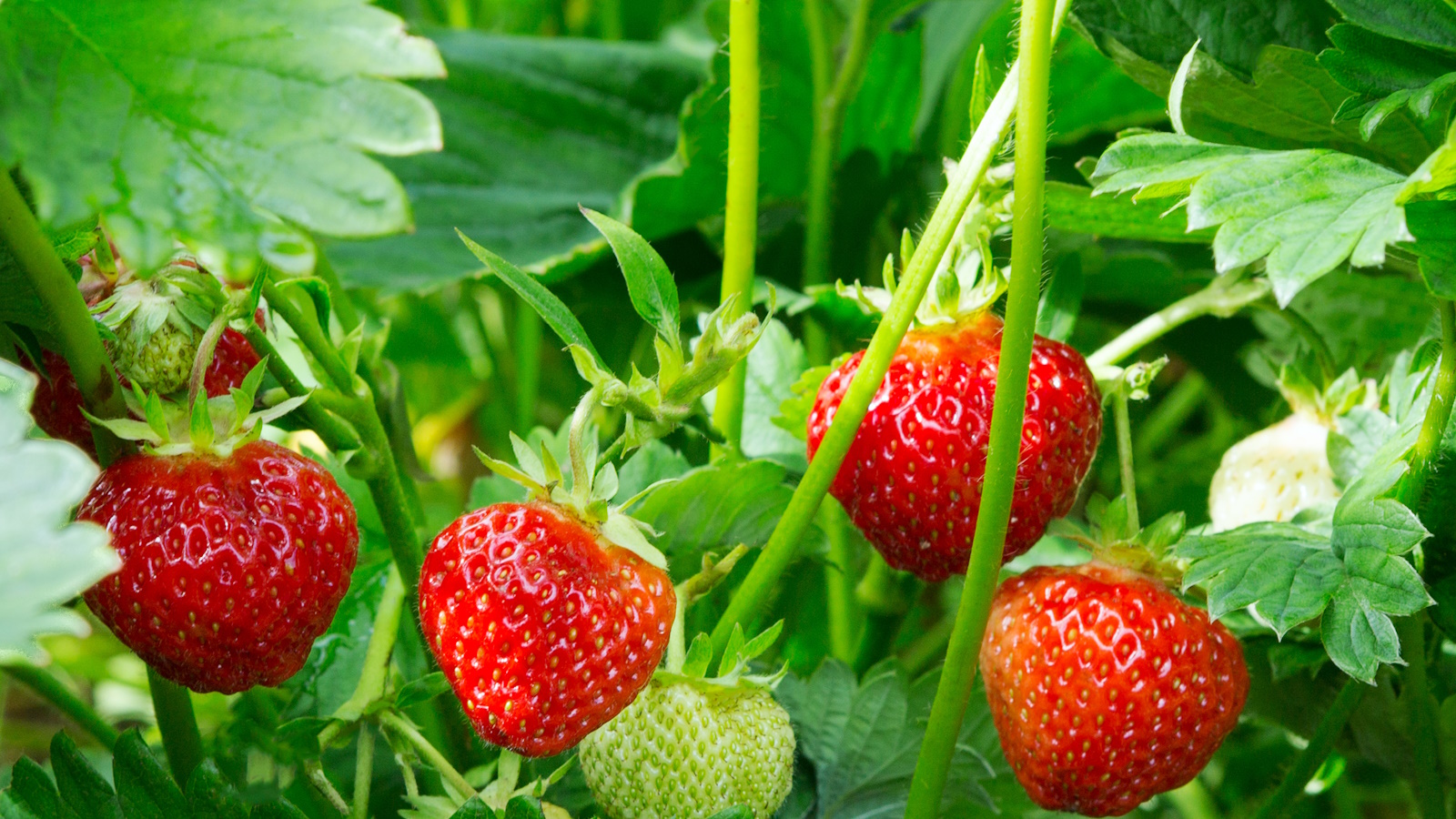

I remember planting small strawberry plugs into containers as a child and watching them produce succulent red fruits over the school vacation. This process remains just as satisfying today as it was back then. Strawberries are one of the easiest fruits to grow, and when gardening in summer, picking and immediately eating one or two (or seven) strawberries is a nice perk of the job.
We all want to grow plants that produce plenty of delicious fruits, and an essential part of this is learning how and when to lift and divide strawberries. Transplanting strawberries can help to encourage vigorous growth and, as part of the process, you can remove dead or diseased patches and refresh the soil.
Here, I share all I know about how to lift and divide strawberry plants. Having done this in different gardens where I previously worked as a professional gardener, I know that taking a little bit of time to do this now will pay dividends in the future, ensuring you not only have a bumper crop but also that you can grow bigger strawberries in the years ahead.

How to lift and divide strawberries
Strawberries are versatile crops that can be grown in towers, hanging baskets, pots and vertical gardens. However you decide to grow strawberries, it is a good idea to thin congested plants every few years. By replanting healthy clumps and refreshing the soil, your strawberry harvest will dramatically improve.
When is the right time to lift and divide strawberries
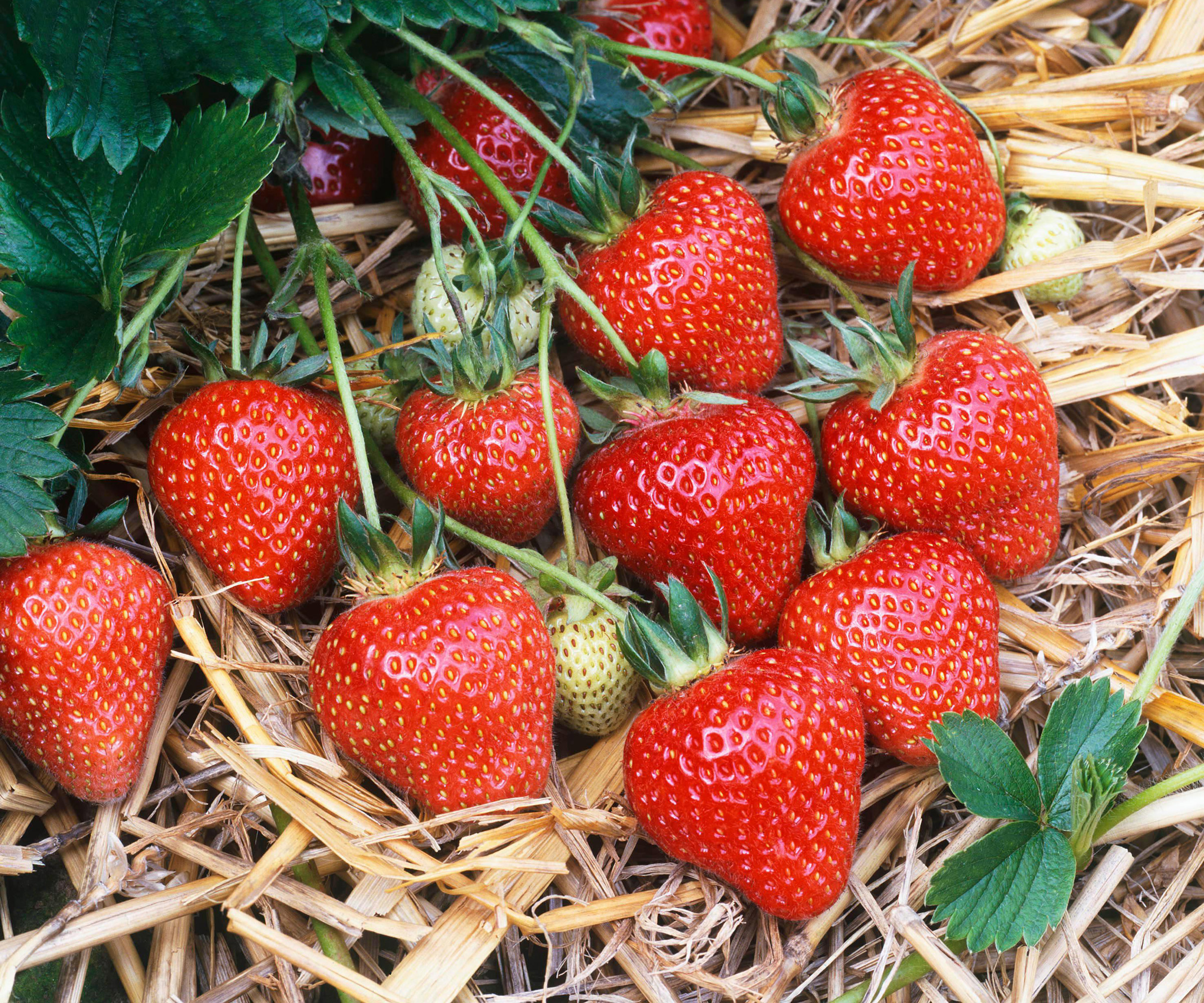
Strawberry plants can always be relied upon in most kitchen gardens. So long as you have sunshine and warmth, strawberries will thrive. However, one of the most common problems with strawberries is that their productivity tends to slump after three to four years.
For this reason, many gardeners will lift and divide strawberries once every three years, which will help to rejuvenate your plot, maintain plant vigor and encourage fruiting.
The best time to do this is between the end of summer and early fall. When the temperatures begin to drop but the evenings remain mild is the moment at which to reach for your garden tools. While this will vary on where you reside and your US hardiness zone, I recommend doing so somewhere between the end of August and the end of September.
In northern regions, it is best to do this as early as possible in this bracket, as late summer can often experience rapid temperature fluctuations. This is important because you want to give your plants some time to settle and establish before the cold winter months.
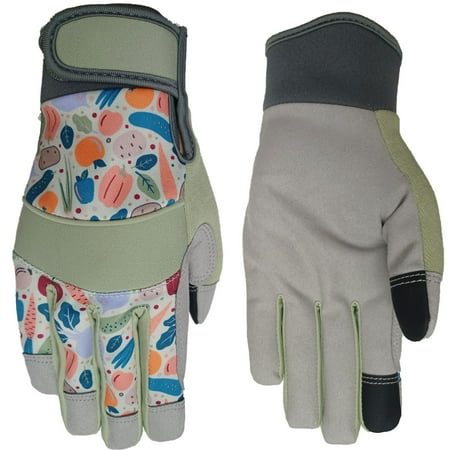
These gardening gloves are ideal for all your pruning, dividing and weeding jobs, keeping your hands clean and protected.
How to lift and divide strawberries

Towards the end of summer, identify any old and congested patches of strawberry plants that could benefit from lifting and thinning. Learning how to divide plants is relatively simple and requires only a few essential gardening tools that you should already have in the garden shed.
First, put on some gardening gloves, available from Amazon, and carefully push aside strawberry foliage. You should be able to see the crown of each clump. Then, using a garden fork, also available from Amazon, gently tease the soil. Work slowly, angling the fork in different positions around the clump. Eventually, the soil will loosen.
Using your hands, remove and shake some of the soil from the roots. You might be able to separate small runners and stems using your hands, but you might need to use a gardening knife or Hori Hori blade. While this can feel a little destructive, thinning your plants will dramatically increase growth, so do not be afraid to significantly reduce your strawberry patch. Each new plant should only have a few stems but be sure they are attached to healthy roots.
Plant these new, smaller clumps at least 6 inches apart in a weed-free and recently mulched bed. I recommend adding plenty of organic matter to your bed, which will replenish the soil and encourage new growth. This is particularly important if you are replanting in the same spot.
Any excess plants can be cut up and composted. Finally, it is important to give your strawberry plants a good, deep watering. I would do this at least once or twice a week during the end of summer and early fall as they establish.

This Hori Hori knife kit is perfect for all those tricky weeding, lifting and dividing gardening jobs. It also comes with a handy holster for ease of use and safety.
FAQs
Should I fertilize strawberries after moving them?
Learning when to fertilize strawberries is important, particularly when they are newly planted. At this time in the growing season, you should not feed with a high potash fertilizer, as this will encourage the plant to produce flowers and fruits. For these smaller, divided clumps, you want to use bone meal, available from Walmart, which will help your strawberries to establish new roots before the winter months. One generous application should be enough to give your plants a boost.
How long will it take for my new plants to produce fruits?
In general, your strawberry plants will produce the best growth and fruits during their second and third year. While you might enjoy some fruits in the first summer, you can expect a bumper crop in two to three years. For this reason, it is a good idea to have a mixture of new and old strawberry plants on rotation, so you can ensure you have a good harvest every year.
When lifting and dividing your strawberry plants, it is a good idea to work slowly and methodically, inspecting the foliage and roots for any signs of disease or pest damage. Some of the most common strawberry diseases can be easily identified and treated, such as gray mold, which will turn green leaves white or gray. This can ruin your strawberry harvest, so add any diseased or nibbled plants to your green waste, and keep only healthy plants in your beds.
Sign up to the Homes & Gardens newsletter
Design expertise in your inbox – from inspiring decorating ideas and beautiful celebrity homes to practical gardening advice and shopping round-ups.

Thomas is a Content Editor within the Gardens Team at Homes and Gardens. He has worked as a professional gardener for both public spaces and private estates, specializing in productive gardening, growing food and flowers. Trained in Horticulture at the Garden Museum, he has written on gardening and garden history for various publications, including The English Garden, Gardens Illustrated, Hortus, The London Gardener and Bloom. He has co-authored a Lonely Planet travel book, The Tree Atlas, due out in 2024.
-
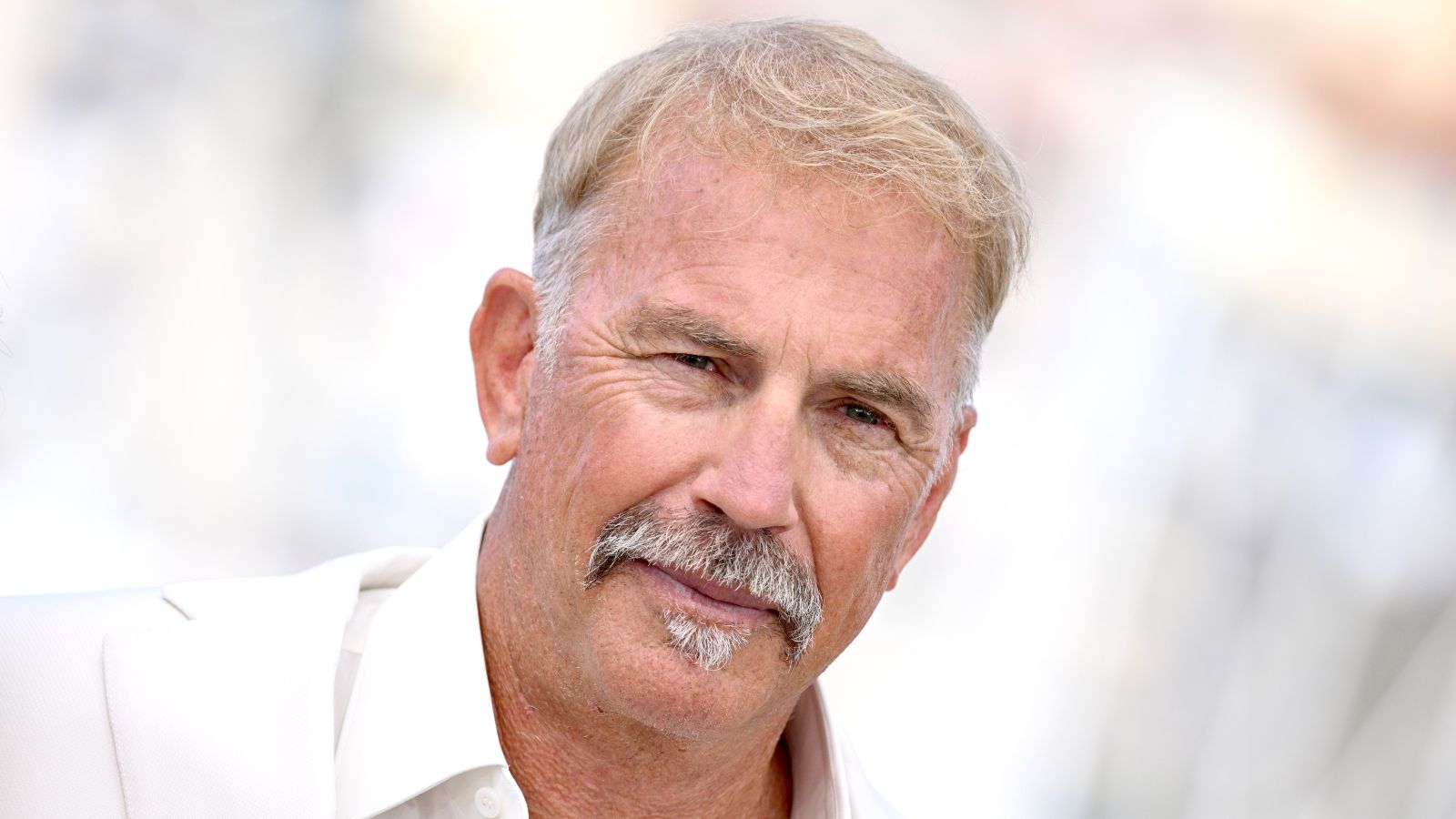 Kevin Costner uses the 'ultimate color choice for interiors' in his kitchen – it masters a top 2025 trend that's 'guided by the calm of nature'
Kevin Costner uses the 'ultimate color choice for interiors' in his kitchen – it masters a top 2025 trend that's 'guided by the calm of nature'The Yellowstone actor embraces a subtle yet soothing trend that's influencing how we decorate this year, but it will look just as perfect in 100 years
By Megan Slack
-
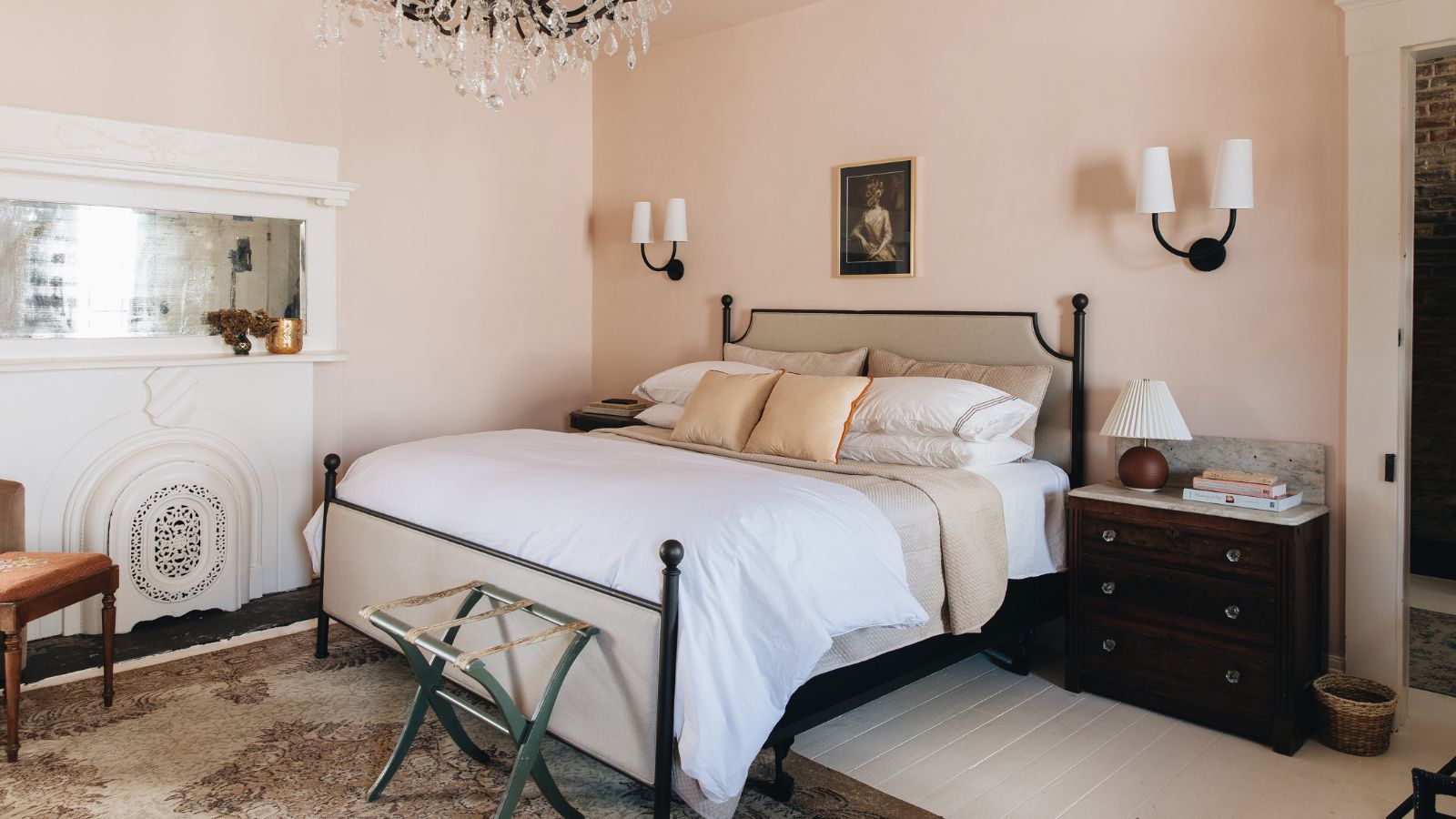 We asked 10 interior designers to share the colors they always tell clients to use in a bedroom – these were the shades that came up top
We asked 10 interior designers to share the colors they always tell clients to use in a bedroom – these were the shades that came up topFrom soothing blues to soft pinks, these are designers' go-to shades for stylish and calming bedrooms
By Emily Moorman
-
 This $20 pop-up greenhouse from ALDI is perfect for small yards – it will turbocharge your tomato harvests this summer
This $20 pop-up greenhouse from ALDI is perfect for small yards – it will turbocharge your tomato harvests this summerEasy to use and compact to store, pop-up greenhouses are ideal for patio or balcony gardeners
By Thomas Rutter
-
 Small yard but want to grow your own crops? This wooden cold frame is 40% off at Wayfair – and it's perfect for tiny patios and apartments
Small yard but want to grow your own crops? This wooden cold frame is 40% off at Wayfair – and it's perfect for tiny patios and apartmentsCold frames are a sensible investment for any gardeners struggling for space on balconies, backyards or patios
By Thomas Rutter
-
 7 of the best tomatoes for growing in pots – expert growers pick their top varieties ideal for large harvests from containers
7 of the best tomatoes for growing in pots – expert growers pick their top varieties ideal for large harvests from containersYou can enjoy bumper homegrown harvests in small spaces
By Drew Swainston
-
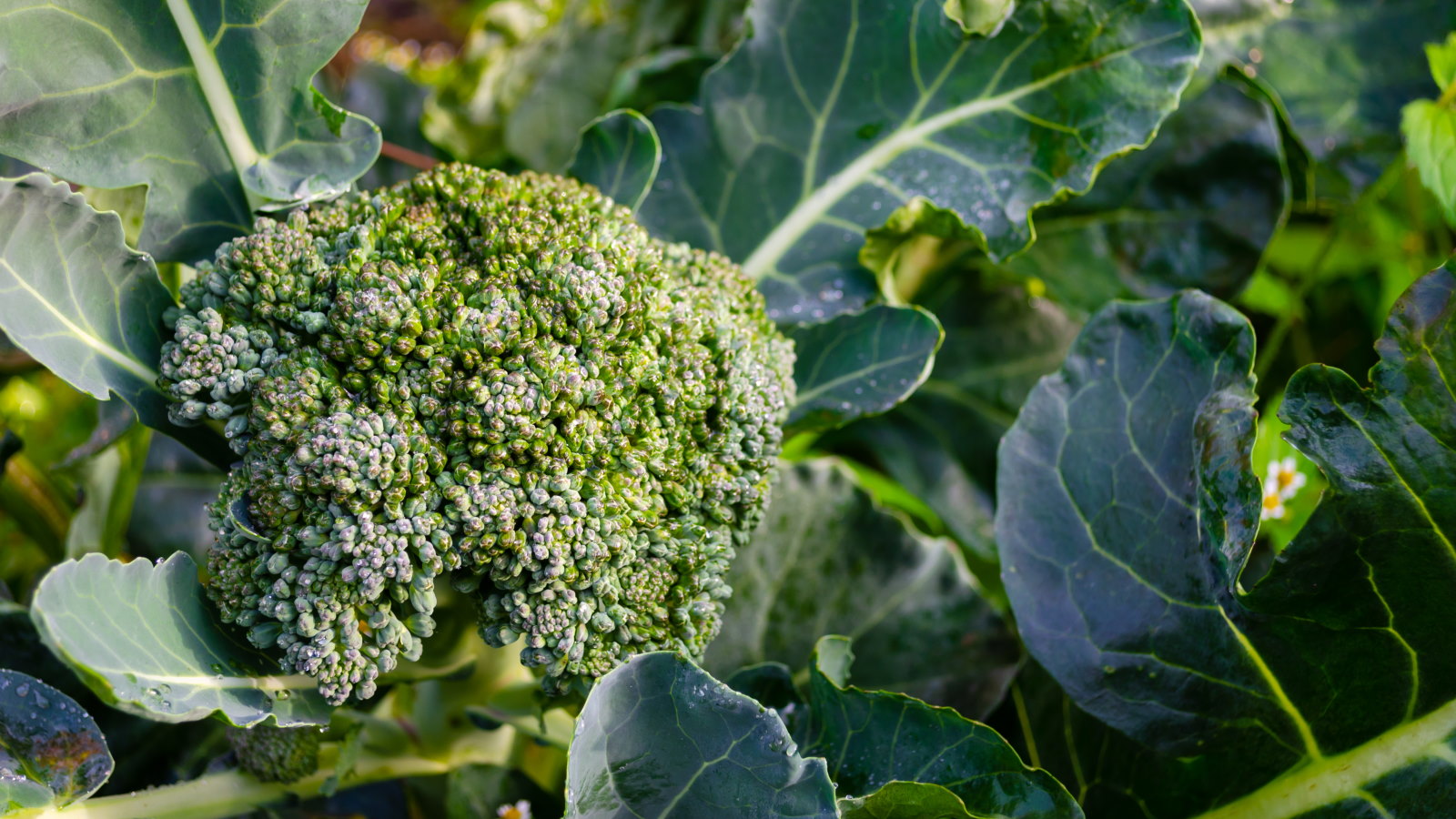 These 5 plants can help you get the best, and potentially tastiest, broccoli ever – discover what to plant with broccoli, and what to avoid
These 5 plants can help you get the best, and potentially tastiest, broccoli ever – discover what to plant with broccoli, and what to avoidOur selection of vegetables, herbs, and flowers is perfect for companion planting with broccoli
By Drew Swainston
-
 How to grow cabbages in containers – expert tips for top harvests in small urban spaces
How to grow cabbages in containers – expert tips for top harvests in small urban spacesYou can grow lots of different cabbages in pots, troughs, grow bags, or buckets
By Drew Swainston
-
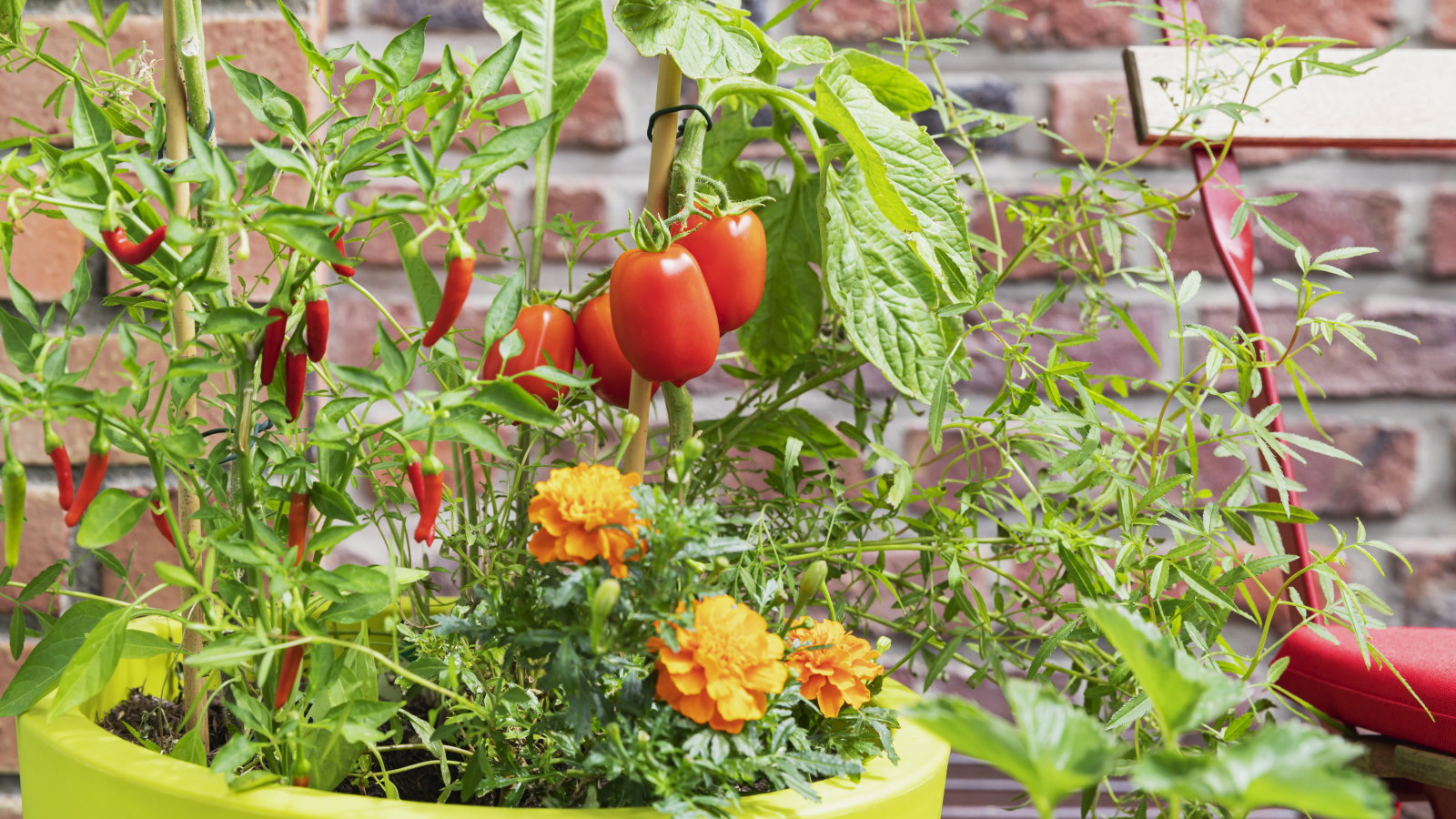 You'll get the best homegrown tomato crops if you plant them next to this one flower – discover why these two are a dream combination
You'll get the best homegrown tomato crops if you plant them next to this one flower – discover why these two are a dream combinationYour tomato plants will be pest-free and covered in fruits
By Drew Swainston
-
 Direct sowing vs transplanting – our grow-your-own expert advises which is best, and shares 5 veggies you should always sow directly
Direct sowing vs transplanting – our grow-your-own expert advises which is best, and shares 5 veggies you should always sow directlyBoth approaches to sowing vegetables have pros and cons
By Drew Swainston
-
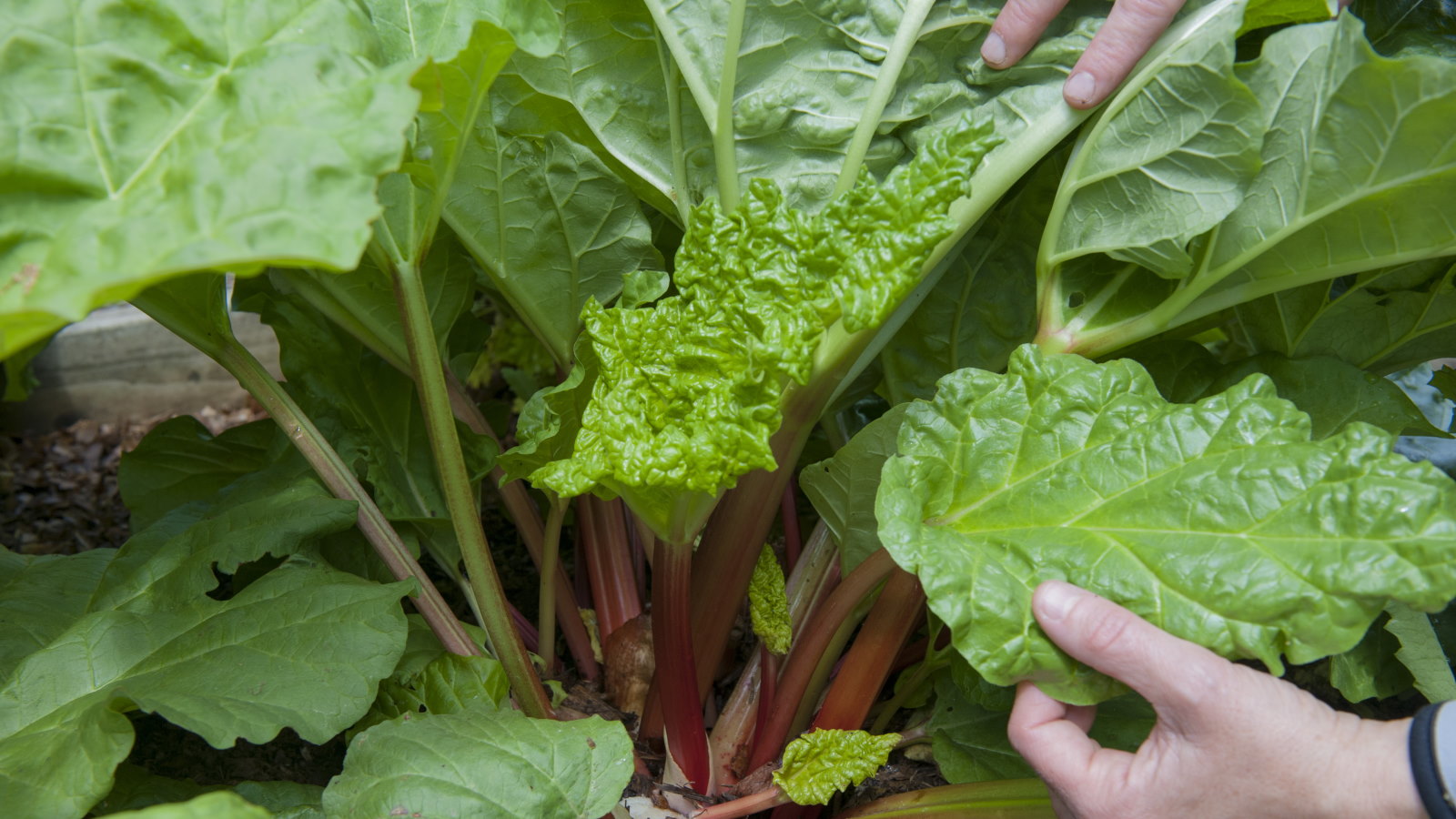 I grew rhubarb from seed for years – here’s exactly how to do it for guaranteed germination and healthy crops of fruit
I grew rhubarb from seed for years – here’s exactly how to do it for guaranteed germination and healthy crops of fruitGrowing rhubarb from seed is a cost-effective way to propagate plants, but it requires care and patience
By Drew Swainston
